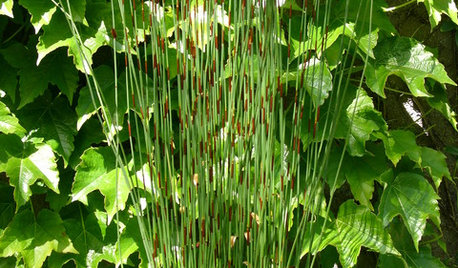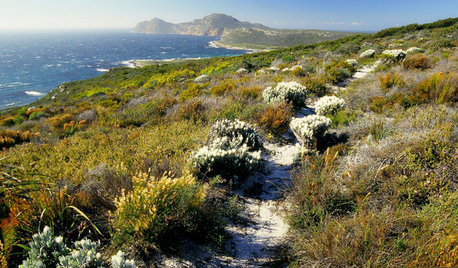Grasses and Restios
Garrickza
21 years ago
Related Stories

GARDENING AND LANDSCAPINGGreat Design Plant: Cape Rush
Versatile and adaptable, this low-maintenance ornamental grass provides an element of calm
Full Story
GARDENING GUIDESLet Nature Inspire Your Landscape: Shape a Sea-Inspired Garden
Create your own oceanside paradise even without the ocean, taking cues from natural coastal plantings
Full Story





safariofthemind
JudithK
Related Professionals
Bridgetown Landscape Architects & Landscape Designers · Lake Oswego Landscape Architects & Landscape Designers · Waunakee Landscape Architects & Landscape Designers · Bloomington Landscape Contractors · Cicero Landscape Contractors · El Sobrante Landscape Contractors · Lees Summit Landscape Contractors · Newberg Landscape Contractors · Oak Forest Landscape Contractors · Peoria Landscape Contractors · Pompton Lakes Landscape Contractors · Citrus Heights General Contractors · Everett General Contractors · Fort Salonga General Contractors · Pico Rivera General Contractorsbahia
echolane
conroe_joe
bahia
echolane
bahia
coastalcamper
echolane
Sandra Charlton